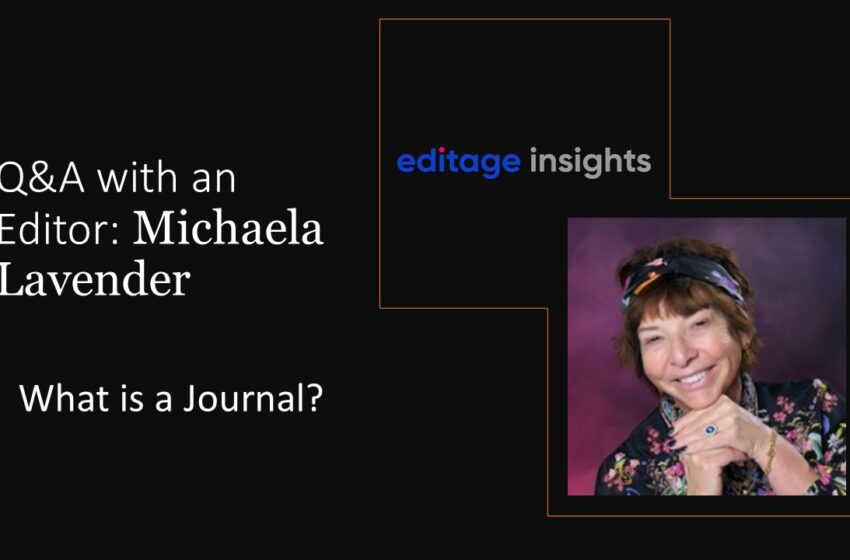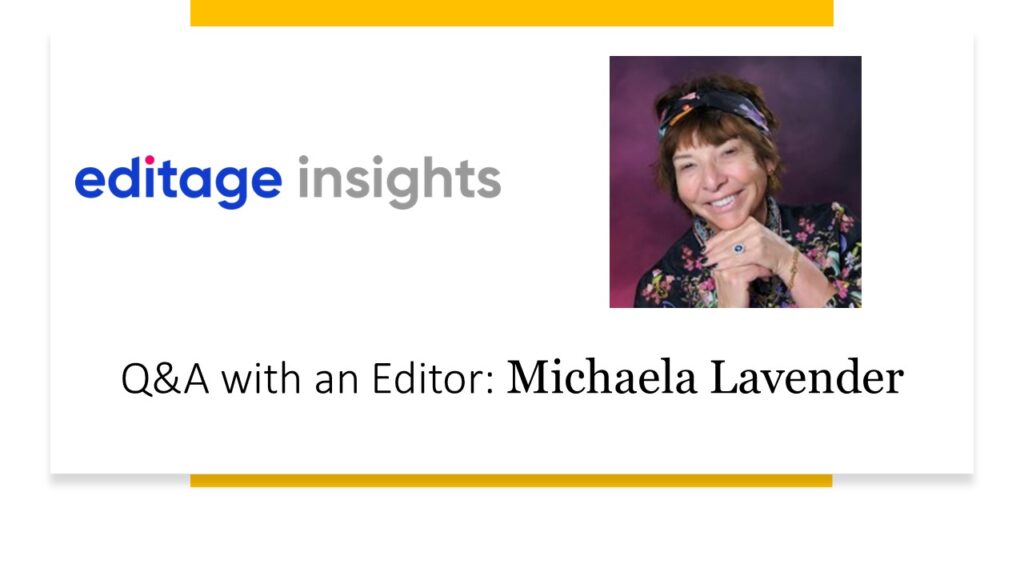What is a Journal? Insights from an Editor

JOURNALS: WHAT THEY ARE AND HOW TO WORK WITH THEM
Managing editor of Public Money & Management—PMM
This article is the first in a series of articles. It is an adaption of a keynote given in September to EIASM’s Public Sector Emerging Scholars Program. The article is a collection of concerns, reflections and advice for those new to journal publishing but perhaps also of interest to old hands.
Part 1: What is a Journal?
There was a great article by Michael Clarke published in 2010 explaining that journals have five key functions:
- Dissemination—spreading findings so others can read them.
- Registration—recording who made a discovery first.
- Validation—peer review by neutral experts to check quality.
- Filtration—helping readers find important work in a giant sea of publications.
- Prestige—publishing in the right journal influences careers and funding.
I talked to a few commercial publishers and two university presses from the USA and the UK on Zoom to get an idea of what they think a journal is now and where they think the business is heading.
They added two functions:
- Journals are very much more of a community than they used to be.
- Journals allow for conversations between experts.
What About the Flaws in Journal Publishing?
You’ll find a lot published online about the flaws of peer reviewed journals: that they slow down dissemination of new knowledge; that editors and reviewers are biased; ‘safe’ research is favored over bold or unconventional ideas; and weak policing fails to adequately prevent plagiarized or flawed studies from slipping through.
You will also find a lot of negative comments about journal owners (the big five and some academic societies). There are discussions about the triple-pay system and the margins that journal publishers enjoy on their successful journals. Article Processing Charges (APCs) are much discussed online: Nature, for example, charges 10,690 euro for Gold OA. You’ll hear about predatory journals; Plan S; ‘read-and-publish’ deals; you’ll see discussions of which publishers are the absolute worst. You’ll see concerns about the emergence of mega journals.
AI- From Gatekeepers to Certifiers of Credibility
You will often read about AI making journals obsolete. But, yesterday, when I put this to my expensive version of Chat GPT, it said:
Rather than obsolescence, journal publishing is likely to evolve into a hybrid model where AI and humans work in tandem and journals will shift role—from gatekeepers to certifiers of credibility in an AI-saturated ecosystem.
So, Where is the Future of Journals?
The Royal Society launched Philosophical Transactions in 1665. None of the publishers I talked to thought that the journal is on its way out. Of course, the model will be tweaked: the tweaking has been going on since I started out all those years ago but there really is no alternative if we genuinely want a global discussion.
My advice is to get involved in journals. Think about the journals you’d like to publish in, follow them. Email the editor and offer yourself as a reviewer and deliver quick, good and fair reviews.
And, finally, when you have made it and your article is published don’t just sit back and relax. Share the article with colleagues, send it leaders in your field: say you hope they will be interested and you’d love feedback from them. Post on LinkedIn. Reach out to professional magazines.
Stay tuned for the next blog in this series!
I’m Michaela Lavender. I am the managing editor of Public Money & Management—PMM— and I’m based in Boca Raton, Florida: just a few miles south of Mr Trump’s Winter Whitehouse. I’m going to talk to you about journals: what they are and how to work with them.
My career has always been in journal publishing, although when I trained, newly out of college, I was required to engage briefly with books. I am not a fan: a book has a short life while a journal can be almost immortal (Philosophical Transactions is now 360 years old). In fact, as a warning, there is an old adage that if you publish your paper in a multiauthor book you may as well dig a hole in your garden and bury it!
I began with Taylor & Francis when the company was small and privately owned. I had the good luck to be trained by a printer’s reader in editing, we had a printing factory attached to our building, and we were very hands on with our journals, their editors and our typesetters. The company had some very old journals but was also starting to publish on behalf of societies, buying journals and launching new ones. I particularly enjoyed getting new journals off the ground and resuscitating failing ones. It was a much simpler life than today’s journal publishers lead: we sold by subscription and that’s how we knew how a journal was doing.
So that’s me. And please note my bias towards, and fondness of, journals!









